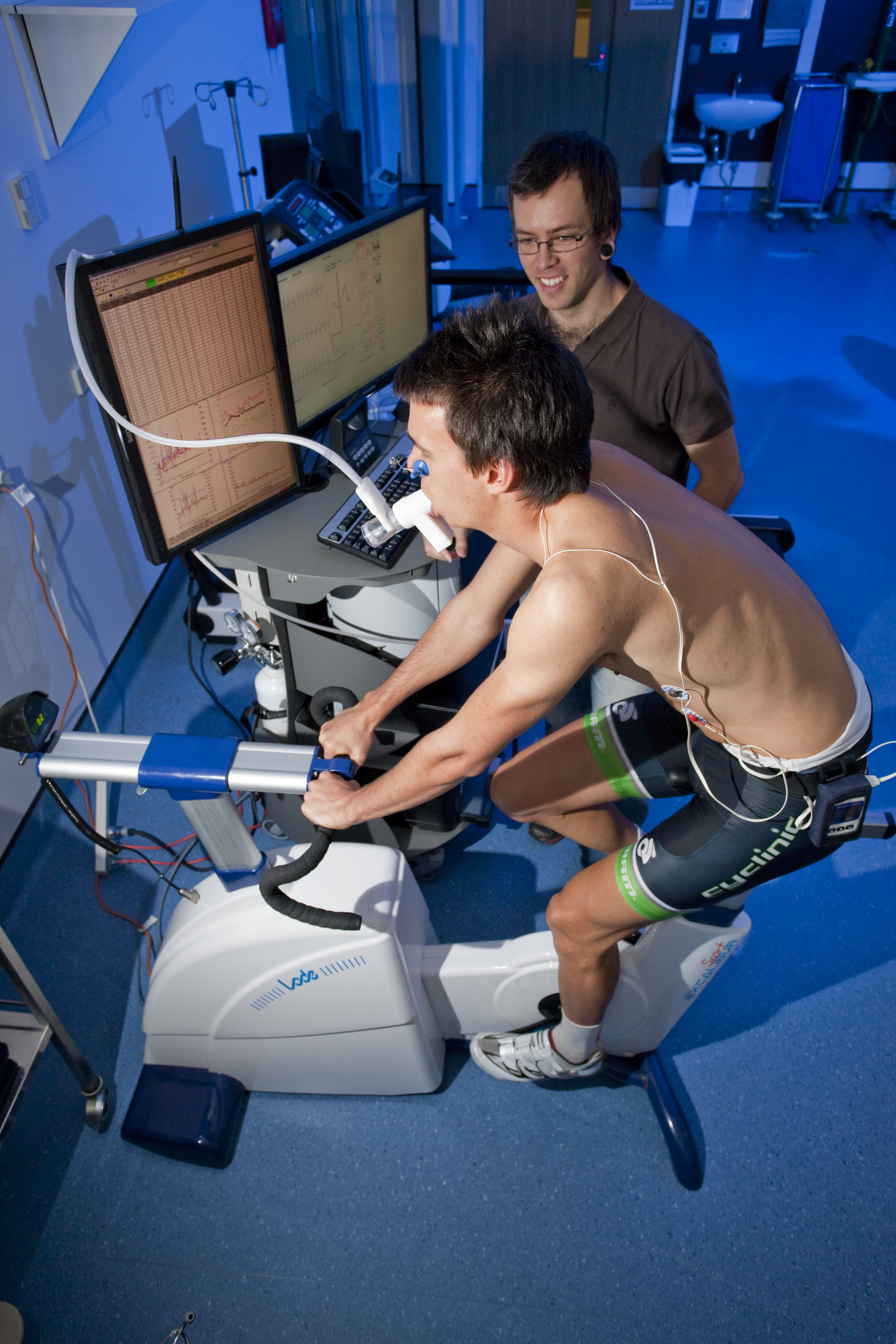Finding ways to make breathing easier in order to enhance exercise performance and improve rehabilitation methods for cardiac disease is the focus of Griffith research.
“When we think about exercise we might think about the leg muscles that help you run and the arm muscles that help you row, but we easily overlook the fact that to do all of that you need to breathe,” says Dr Troy Cross, a postdoctoral research fellow at Griffith’s Heart Foundation Research Centre.
“Depending on how hard the exercise is, such as running or cycling, you could find that the work performed by ‘breathing’ muscles such as the diaphragm requires so much blood and oxygen to go to your respiratory muscles, that it can starve your exercising legs of the oxygen and nutrients they need.
“If we can find a way of reversing that, by making the work of breathing less arduous and therefore provide more blood and oxygen to the legs during exercise, then we could improve exercise performance and extend its duration.”
Dr Cross is travelling to the Mayo Clinic in Minnesota, US where he will be aiming to prove that the demands of our breathing muscles can adversely affect the circulatory system during physical activity.
This will include a study examining sufferers of chronic heart failure.
Understanding more for cardiac patients
“It is not well appreciated that with an illness like heart failure, there are problems that eventually affect the lungs. The lungs seem to be a limiting factor in exercise performance in a disease that primarily affects the heart.
“So, whilst medication for heart failure has focused on treating the heart, there is reason for us to believe that in some cases we should be treating the lungs.
“So if we find that healthy people are limited in their exercise performance by their breathing muscles, then it goes without saying that it adversely affects people who have a real struggle when breathing even at rest. This could include those with serious illnesses such as pulmonary or lung dysfunction and chronic heart failure.
“If we can understand more about how we can make breathing easier to strengthen the muscles, then more can be done in the future to provide effective cardiac rehabilitation for these people,” he says.
